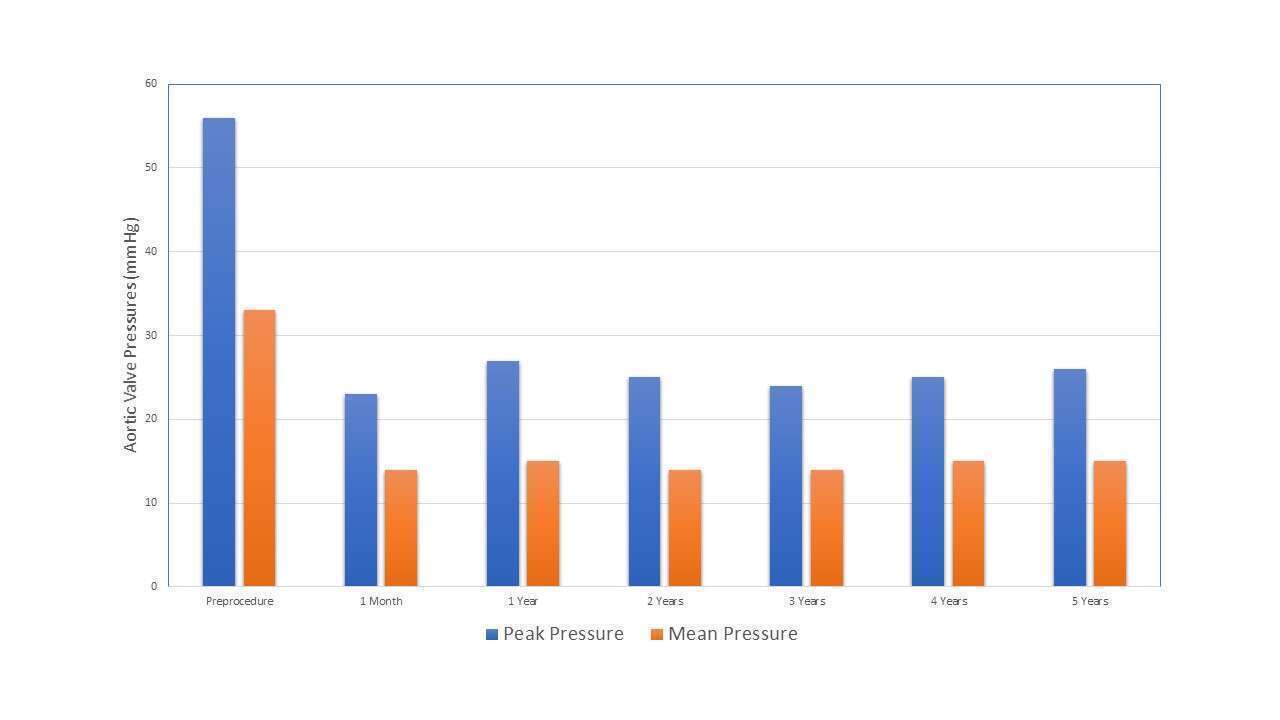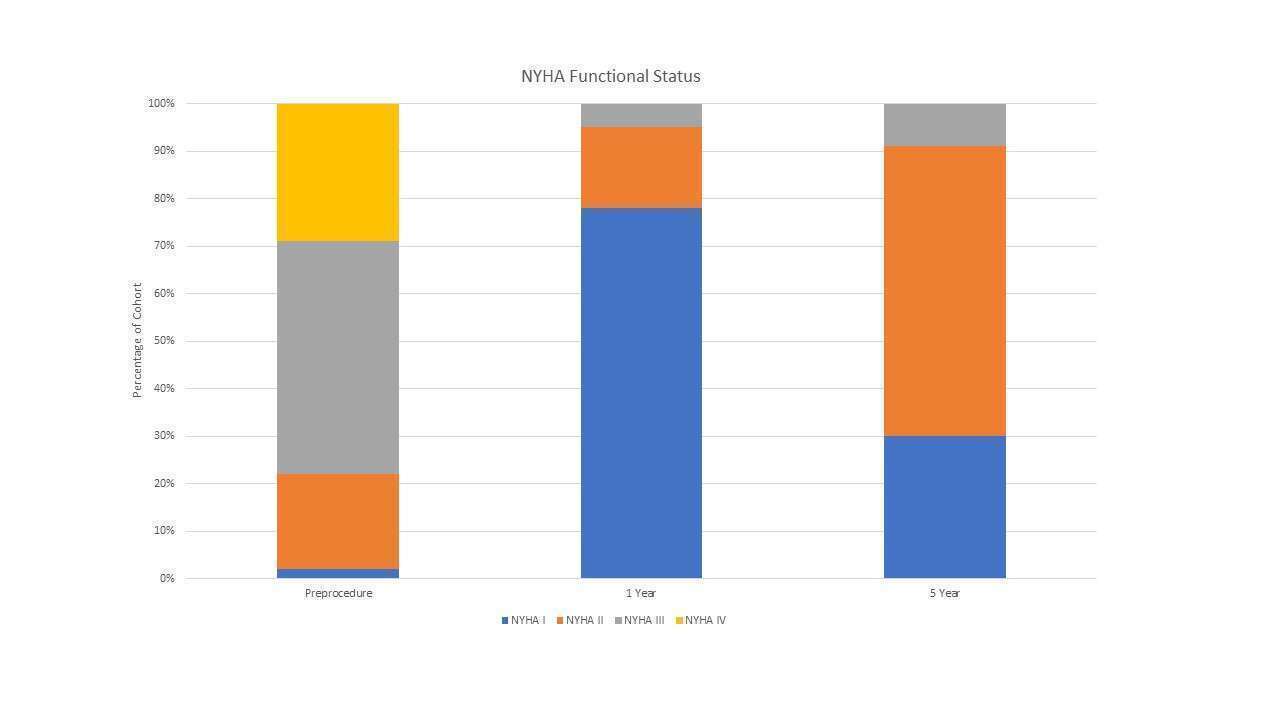
Long term outcomes of patients with Aortic Structural Valve Deterioration Treated with Transcatheter Valve in Valve Implantation
2Cardiothoracic Surgery, Rabin Medical Center, Israel
3Sackler Medical School, Tel Aviv University, Israel
Introduction: The Valve-in-Valve (ViV) technique is an established alternative for the treatment of structural bioprosthetic valve deterioration (SVD). Data describing the long term follow up of patients treated with this approach is scarce. We report on our long-term follow up outcomes of patients with SVD in the Aortic position treated with ViV.
Methods: Included were patients with symptomatic SVD in the aortic position valve who were treated by Valve in valve transcatheter aortic valve implantation (ViV-TAVI) during the years 20102019 in our center. Three main outcomes were examined during follow up: NYHA functional class, hemodynamic of the VIV-TAVI per echocardiography, and overall mortality.
Results: Our cohort consisted of 84 patients (mean age 78.8 ± 8.9 years). The indications for aortic ViV were: SVD isolated aortic stenosis in 37.6%, SVD isolated aortic regurgitation in 42.2% and combined valve pathology in 20.0%. Self-expandable and balloon-expandable devices were used in 73 (85.9%) and 12 (14.1%), respectively. Average time of follow up was 3.74 ± 2.4 years. 95% and 91% of patients were in NYHA functional class I/II at 1 and 5 year follow up respectively. At one year the mean trans-aortic valve pressure was 15.3+-9.3 and rates of ≥ moderate aortic regurgitation were 3.7%. Survival was 91.4% (95% CI 85.6-97.7) at one year and 79.5% (95% CI 70.2-90.0) at 3 years.
Conclusion: ViV in the aortic position offers an effective and durable treatment option for patient with SVD, with low rates of all-cause mortality, excellent hemodynamic and improved functional capacity at 3 years follow up.



Powered by Eventact EMS